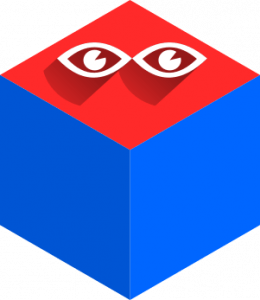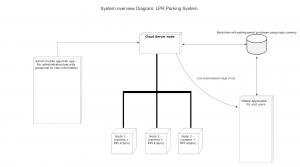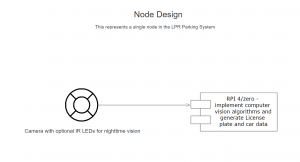
Team Name
Eyes on the Block
Timeline
Fall 2019 – Spring 2020
Students
- Manswalu Sukidi
- Abdul Rafay Mohammed
- Thomas Antony Perappadan
- Mohammed Edhi
- Jonathan Kirkpatrick
Sponsor
Dr. Sajib Datta (Department of Computer Science and Engineering, UTA)
Abstract
About 43% of Americans miss appointments due to their inability to find a parking space[1]. If the driver could have information about what lots/garages have available parking spots before they park, it could save many Americans from missing their appointments. Another issue is that there were about 2,018,180 cases of property vandalism in parking lots/garages from the years 2004-2008[2].
There are also a lot of people who park in places they are not supposed to. At UTA, we have parking enforcement that drives around aimlessly looking for cars without any tickets. If they had information about which cars need to be ticketed without having to drive around, it could save them a lot of time and money.
We aim to solve these problems by creating an application that will allow someone to know how many parking spots are available for a given parking lot/garage, and give them the ability to get a “live streamed” version of their car. This allows the consumer to feel more secure about their car. It will also allow officers to know what car is in what lot and which spot it is parked in. This will allow them to do some cross referencing to figure out what cars are not supposed to be there.
Background
The software that currently exists is aimed at parking enforcement and can only determine whether a
specific vehicle is allowed to be in a parking lot/garage or not at any given time. It does not focus on
making it easier for users to find parking spots and cannot determine what is present in a particular
spot at any given time. People can spend a long time searching for a parking spot and end up missing
an appointment or end up late to class. We will be implementing a system that will be able to tell which
exact spots are occupied and how busy a lot is. This information can be used by people who have our
app to find the closest parking spot and to purchase and manage their parking permit. This also lets
the parking administrators easily verify parking permits and identify people who are parking in a lot
where they don’t have parking privileges. This will also be the one of the first such applications that will
harness the power of the blockchain to let users buy parking permits in exchange for crypto-currency.
Our customer is Dr. Datta who is interested in different ways blockchain technology can be used in
mainstream day to day life and was the one who started the initial idea of a parking app where you
can pay with crypto-currency. We believe we can build a cheaper and better product than the existing
solutions in the market for this application.
Project Requirements
Detect and identify cars in the parking lot as a whole
Purchasing parking permit using crypt-currency
Detect number of available parking spots
Customer view works on smartphones
Allow users to view their vehicles
Vehicle view will update every 1 minute
Notify administrators when the cameras cannot read a license plate
Identify cars in individual parking sports
Cameras will be protected from the weather
Entire lot will be covered by all the cameras’ filed of view
System Overview
This system will be implemented using a node-to-cloud architecture. This means that there will be individual nodes located in parking lots that will detect relevant license plate information and communicate this information to a cloud server over a network connection.
The nodes will consist of a camera along with a processing unit such as a raspberry pi 4 that will capture
the images and perform image analysis using computer vision to detect license plate and car information. This data will then be transmitted to the cloud server which will act as the processing center receiving license plate data from multiple nodes and determining the composition of the parking lot. Users will interact with a blockchain to purchase parking permits and other extra features and the server will be able to view this information on the blockchain. There will also be an admin app/web portal where the parking department/administrators can view important information and perform admin actions.
Results
We have a working prototype that can demonstrate proof of concept. These are a few examples of our UI from development. We were unable to conduct extensive tests of the LPR and motion detection systems due to COVID-19 and time constraints


Future Work
User sees how many available spots per parking lot
Customer view works on all smartphones
Project Files
Project Charter (link)
System Requirements Specification (link)
Architectural Design Specification (link)
Detailed Design Specification (link)
Poster (link)
References
[1] Kevin McCoy. Drivers spend an average of 17 hours a year searching for parking spots, 2017
[2] Detailed place of occurrence for violent and property crimes, average annual 2004-2008. Technical
report, Bureau of Justice Statistics, 2008.




